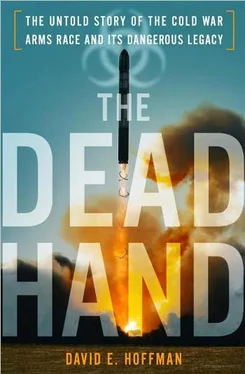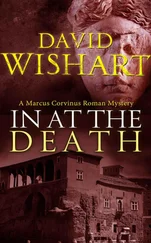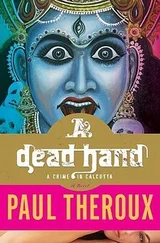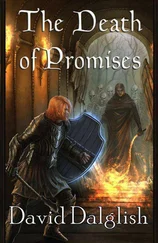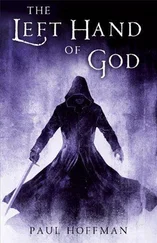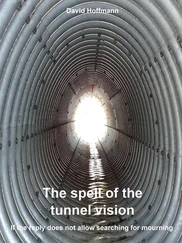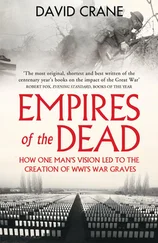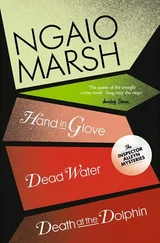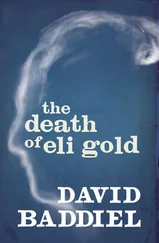8 George Bush and Brent Scowcroft, A World Transformed (New York: Knopf, 1998), p. 539, 545–547.
9 “Address to the Nation on Reducing United States and Soviet Nuclear Weapons,” Presidential Documents, vol. 27, p. 1348.
10 “Soviet Tactical Nuclear Forces and Gorbachev’s Nuclear Pledges: Impact, Motivations, and Next Steps,” Interagency Intelligence Memorandum, Director of Central Intelligence, November 1991.
11 Cochran of the NRDC tried to persuade Soviet officials to take actions to verify the pullbacks, but at the time they were not interested. See “Report on the Third International Workshop on Verified Storage and Destruction of Nuclear Warheads,” NRDC, Dec. 16–20, 1991.
12 George Bush, All the Best, George Bush: My Life in Letters and Other Writings (New York: Touchstone, 1999), p. 539. The State Department memo was written four days later. Baker, The Politics of Diplomacy (New York: G.P. Putnam’s Sons, 1995), p. 558.
13 Gates, prepared statement to the House Armed Services Committee, Defense Policy Panel, December 10, 1991, in Preventing Chaos in the Former Soviet Union: The Debate on Providing Aid , Report of the Committee on Armed Services, 102nd Congress, Second Session, Jan. 17, 1992, pp. 166–188.
14 An American diplomat in Moscow cabled back to Washington a conversation with a Russian official who said the country “has virtually no adequate storage sites for the huge quantities of weapons-grade material that will result from destruction of substantial numbers of warheads.” “Russian views on destruction/storage of dismantled nuclear warheads,” Moscow cable to the State Department, Jan. 14, 1992, declassified to author under FOIA. The remark about plutonium pits was made by Viktor Mikhailov, who was then deputy minister of atomic energy, to Frank von Hippel in October 1991, while on a visit to Washington. Von Hippel, interview, June 1, 2004. The need for safe storage was raised at two unofficial workshops sponsored by the NRDC and the Federation of American Scientists in Washington, Oct. 18–19, 1991, and in Kiev, Dec. 16–20, 1991, both with Soviet participation. During the Kiev conference, Mikhailov mentioned the rail cars to a conference participant.
15 Blair, testimony to the House Committee on Armed Services, July 31, 1991. In September, Blair arranged a trip to Washington for Gennady Pavlov, a retired colonel in the Strategic Rocket Forces who taught at the forces’ academy. Blair and Pavlov testified jointly before a Senate panel September 24 and provided a good description of who held the nuclear suitcases, what had happened to Gorbachev’s during the coup and the order of Soviet nuclear launch procedures. U.S. Senate, 102nd Congress, 1st Session, Sept. 24, 1991, “Command and Control of Soviet Nuclear Weapons: Dangers and Opportunities Arising from the August Revolution,” Hearing before the Subcommittee on European Affairs, Committee on Foreign Relations.
16 See Carter, John D. Steinbruner and Charles A. Zraket, Managing Nuclear Operations (Washington, D.C.: Brookings Institution, 1987).
17 Dick Combs, who was on Senator Nunn’s staff and present at the meeting with Aspin, interview, Nov. 28, 2004.
18 In a legislative maneuver, they had tried to spring the proposal on a House-Senate conference without having been approved on the floor of each chamber.
19 Don Oberdorfer, “First Aid for Moscow: The Senate’s Foreign Policy Rescue,” Washington Post , Dec. 1, 1991, p. C2.
20 In Washington, Oct. 17–24, 1991, Mikhailov participated in an NRDC workshop on verification issues, and briefed members of Congress. NRDC, “Report on the Third International Workshop,” p. 3. Christopher Paine interview, July 31, 2008.
21 Nunn, “Soviet Defense Conversion and Demilitarization,” Congressional Record, Senate , vol. 137, no. 167, 102nd Cong. 1st Sess., Nov. 13, 1991.
22 Lugar daily calendar, courtesy office of Senator Lugar.
23 Carter, interview, Dec. 14, 2005.
24 Bush and Scowcroft, pp. 543–544.
25 Baker, interview, Sept. 4, 2008.
26 Baker, The Politics of Diplomacy , pp. 562–563. “America and the Collapse of the Soviet Empire: What Has to Be Done,” Secretary Baker, Princeton, Dec. 12, 1991, U.S. Department of State Dispatch, vol. 2, no. 50, pp. 887–893.
27 Chetek caused controversy at a symposium of Canadian environmentalists in April 1991. Mikhailov attended, along with Alexander Tchernyshev. John J. Fialka, “Soviet Concern Has Explosive Solution for Toxic Waste—Firm Pushes Nuclear Blasts as Cheap Way for Nations to Destroy the Materials,” Wall Street Journal , Oct. 25, 1991. Also see William E. Burrows and Robert Windrem, Critical Mass (New York: Simon & Schuster, 1994). Arzamas-16 was among the shareholders of Chetek. Dmitri Bogdanovich, Vlast, No. 102, Jan. 13, 1992.
28 The United States carried out 27 such explosions between 1961 and 1973. The Soviet Union carried out 124 between 1965 and 1988.
29 “Press Release, Ministry of Atomic Power and Industry, USSR, and International Joint Stock Company ‘CHETEK,’” Dec. 11, 1991, in NRDC, “Report of the Third International Workshop,” appendix F.
30 Mark Hibbs, “Soviet Firm to Offer Nuclear Explosives to Destroy Wastes,” Nucleonics Week , Oct. 24, 1991, vol. 32, no. 43, p. 1. Fred Hiatt, “Russian Nuclear Scientists Seek Business, Food,” Washington Post , Jan. 18, 1992, p. A1.
31 In a study of the impact of hypermilitarization on the Russian economy, Clifford G. Gaddy noted, “The lowly saucepan became the symbol of resistance to conversion by the defense-industrial complex. In effect, the message they sent was: ‘If we are going to convert, it has to be on our terms, in a way commensurate with our status. Otherwise, we won’t convert at all!’” Gaddy, The Price of the Past: Russia’s Struggle with the Legacy of a Militarized Economy (Washington, D.C.: Brookings Institution Press, 1996), p. 65.
32 “Soviet Defense Industry: Confronting Ruin,” SOV 91-10042, October 1991.
33 Burns served in the army thirty-four years, and worked on the INF treaty negotiations as senior military member of the Joint Chiefs of Staff delegation. He was ACDA director 1988–1989.
34 Burns, interview, Aug. 12, 2004.
35 Sergei Popov and Taissia Popova, interview, May 16, 2005. Gait, communication with author, July 7, 2008.
36 Ken Alibek, Biohazard: The Chilling True Story of the Largest Covert Weapons Program in the World—Told from the Inside by the Man Who Ran It (New York: Random House, 1999), pp. 226–240. Alibek, interview, June 18, 2007.
37 David Hoffman, “Baker Witnesses an End, a Beginning; Visit Marked by Gorbachev’s Humiliation, Ex-Republics’ Rise,” Washington Post , Dec. 21, 1991, p. A1.
38 William C. Wohlforth, ed., Cold War Endgame: Oral History, Analysis, Debates (University Park, Pa.: Pennsylvania State University Press, 2003), p. 126.
39 James A. Baker III, The Politics of Diplomacy: Revolution, War and Peace, 1989–1992 (New York: G. P. Putnam’s Sons, 1995), pp. 572, 575. Also, “JAB notes from 1-on-1 mtg. w/B. Yeltsin during which command & control of nuclear weapons was discussed, 12/16/1993,” courtesy Baker. Under the Soviet system, there were three Cheget suitcases, with the president, defense minister and chief of the general staff each having one. But according to Baker’s notes, it seems that at this moment, the three were distributed among Yeltsin, Shaposhnikov and Gorbachev.
40 Gorbachev, Memoirs , p. 670.
41 Andrei S. Grachev, Final Days: The Inside Story of the Collapse of the Soviet Union (Boulder: Westview Press, 1995), pp. 189–190.
Читать дальше
